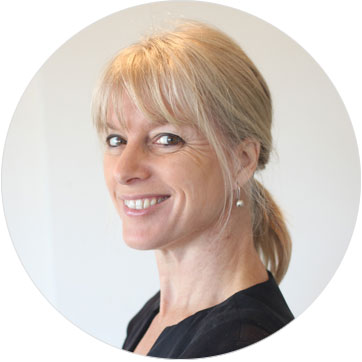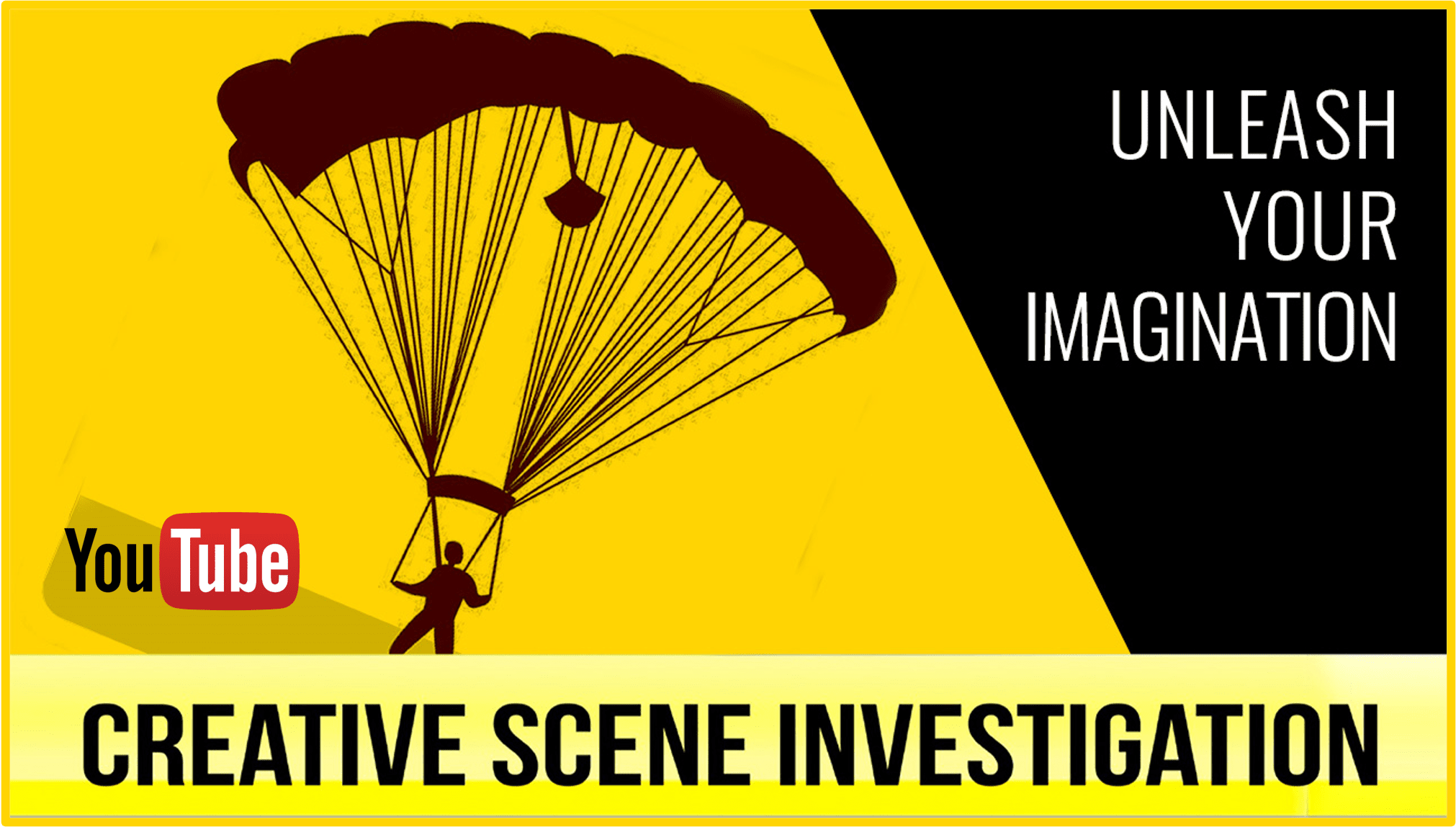Part 3: Unleash your Imagination
By Gaia Grant
The on-the-spot hackathon: When your boss asks for “creative ideas…”
How often have you needed to come up with great ideas fast?
It can be challenging to come up with creative ideas under pressure, yet this is exactly what the contemporary workplace demands.
Unleashing your imagination is not typically a set or structured process. Research has revealed that the most creative ideas come when we least expect them, such as in the shower, driving, on holidays and after sleep. The mind actually needs deep rest and sleep to reboot and problem solve from a fresh perspective.
Yet there are some specific deliberate actions that can be taken to ignite your imagination.
Divergent and big picture thinking
Divergent thinking is a critical skill that enables the ability to unleash your imagination.
The CQ Torrance Testing is a tool which educates individuals on how to effectively utilise creativity, beyond a two-dimensional mindset. This is where true innovation occurs.
People who are good at unleashing their imagination can naturally elaborate, they can imagine details of something fictional or in the future that the average person can’t see. Unleashing your imagination is about zooming out and looking at the big picture – finding as many solutions as possible and not being trapped into coming back down when you see the first solution.
People who can actively think of the bigger picture ideate as many solutions as possible and don’t necessarily get fixated on one idea.
Rapid ideation for stretching the imagination
Research shows that in ideation some of the best ideas only come in the last 30% of the brainstorming. Quality ideas can actually come from quantity.
Research shows that in ideation some of the best ideas only come in the last 30% of the brainstorming.
The ideation process can be deliberate, or semi-conscious. The important thing is to document each idea that pops into your head as it comes up.
This process can be tracked through a paper or digital ‘”creative ideas” journal where all ideas are in one place to build up a creative portfolio to present to your boss when innovative ideas are required.
Getting into a habit of documenting ideas consistently will ensure you show initiative when needing to come up with new ideas and avoid getting stuck in a rut.
To manage this phase effectively:
- Zoom out and look at the big picture
- Practice elaborating on simple ideas
- Trial rapid ideation with a focus on producing as many ideas as possible rather than looking only for the best ideas
- Have an ‘anything is possible’ ideation session where the most creative ideas are encouraged
- Suspend all judgment during this phase to ensure there is no fear of failure
- Create a paper or digital journal to document creative ideas
If you are interested in learning more about “Unleashing Your Imagination” as a key strategy to help develop creativity watch the video here and see a sneak peek at the at the other strategies to prepare for Design Thinking.
Try the Innovation Change Leader iCLi assessment to identify if you are an innovative leader: https://the-innovation-race.com/ (full company assessments & mapping are also available)

Gaia Grant (PhD) is a lecturer and researcher at the University of Sydney Business School in the Discipline of Strategy, Innovation, and Entrepreneurship, focusing on research into innovation paradoxes and ambidextrous leadership. Gaia is also a Director of Tirian Innovative Solutions, & the co-author (with Andrew Grant) of a number of books including ‘The Innovation Race’, and “Who Killed Creativity?”.

Andrew Grant is the Director of Tirian Innovative Solutions, and co-author (with Dr Gaia Grant) of a number of books including ‘The Innovation Race’, and “Who Killed Creativity?”.



